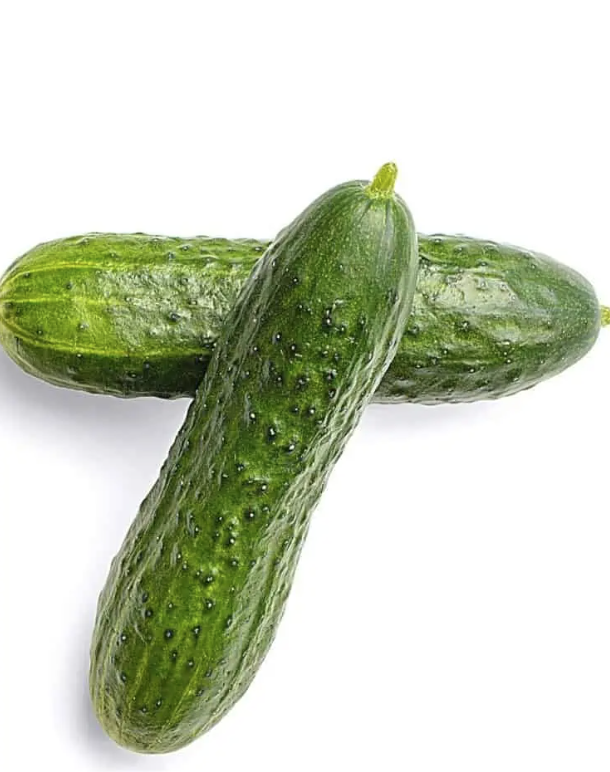A jar of pickles sitting in front of Mr. Montera at his work table caught my eyes as I arrived on the main floor of the Tate Library. The pickles were in a clear mason jar, free of brand labels, nutrition facts or recipe suggestions. Curious about this sighting, I decided to investigate, and engaged in a passionate conversation about the importance of pickles.
“New York is made up of many people and many foods,” says Mr. Montera, who has long admired the painting of a deli pickle jar by alum Eleanor McKay that hangs in his office. I agreed that New York City’s diverse cultures are exposed through the different cuisines available on every corner. “New York is international and New York is home grown. In fact,” says Mr. Montera, “the pickle is to the Jewish and Eastern European community what lemon ice and the empanada are to the people of Corona, Queens!”
“Food helps us cope with our cultural bereavement, it helps us to establish new roots, and it is always an act of nurturing,” adds Montera.
Towards the end of the conversation, it was revealed the mysterious jar of pickles was made by none other than Bronx Native and Fieldston Librarian, Tom Carey, himself. “Little known fact: Mr. Carey was born within one hundred yards of the campus” quips Montera.
What was Carey’s inspiration? “People will say that pickles are everywhere. But they are not. Sure, they are in supermarkets, but the taste is not the same. They’re filled with preservatives. “I’m trying to make an older style of pickle.” Carey noticed the disappearance of the deli pickle, and the many delis that used to serve them. “I’m trying to capture the secrets of a lost world.” Seeking to emulate the taste of this unique delicacy, and to make use of its probiotic benefits, he took on the hobby of pickling. After years of trial and error, it is clear he has perfected the pickling process.
The process starts with a trip to the local H-Mart, where Kirby cucumbers, ideal for pickling, can be found. Carey places the pickles in a plastic container in his home and ferments them in a brine consisting of 12 cups of spring water, 145 grams of kosher salt, 15-20 black peppercorns, and 5-6 crushed cloves of garlic. A secret Carey learned allowed the pickle to be crunchy rather than soggy, and that meant including the biomolecule tannin. Carey does this by adding 3 fresh bay leaves, and 1 tea bag of black tea to the brine. Once the concoction is complete, heavy plates must be used to keep the pickles submerged, and the foam that accumulates every few days must be removed. After two weeks of patience, the pickles are ready to be eaten.
In all honesty, Mr. Carey’s homemade pickles are some of the best I’ve ever had. Their wide shape made them both easy to eat whole, or cut up and share. Biting through the crunchy skin, my mouth was greeted by a tidal wave of juicy flavor. Undoubtedly, the pungent and savory brine cannot be matched by any store-bought alternative.
Carey hopes to continue his pickling successes during the winter months, and pursue his passion of cooking indefinitely.






